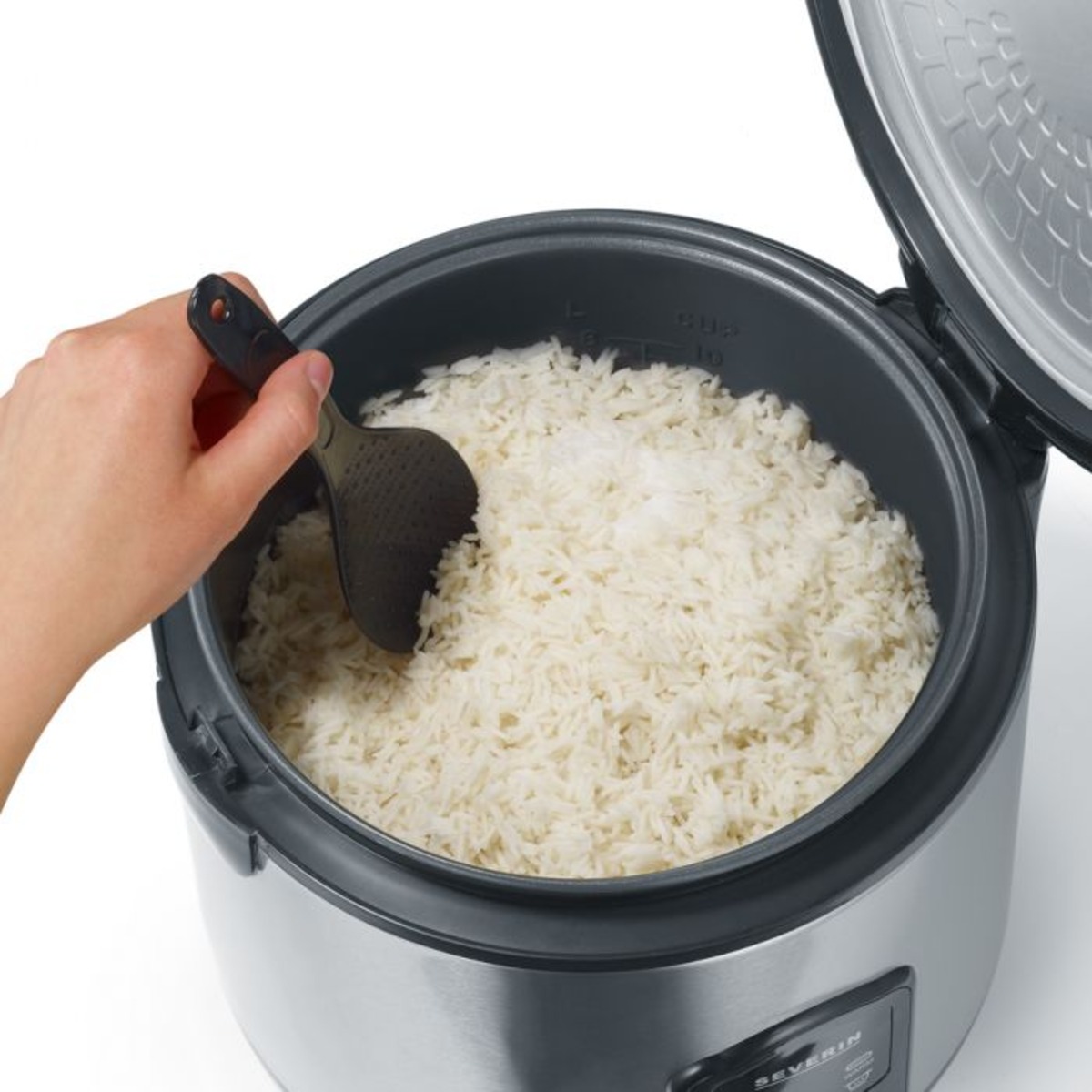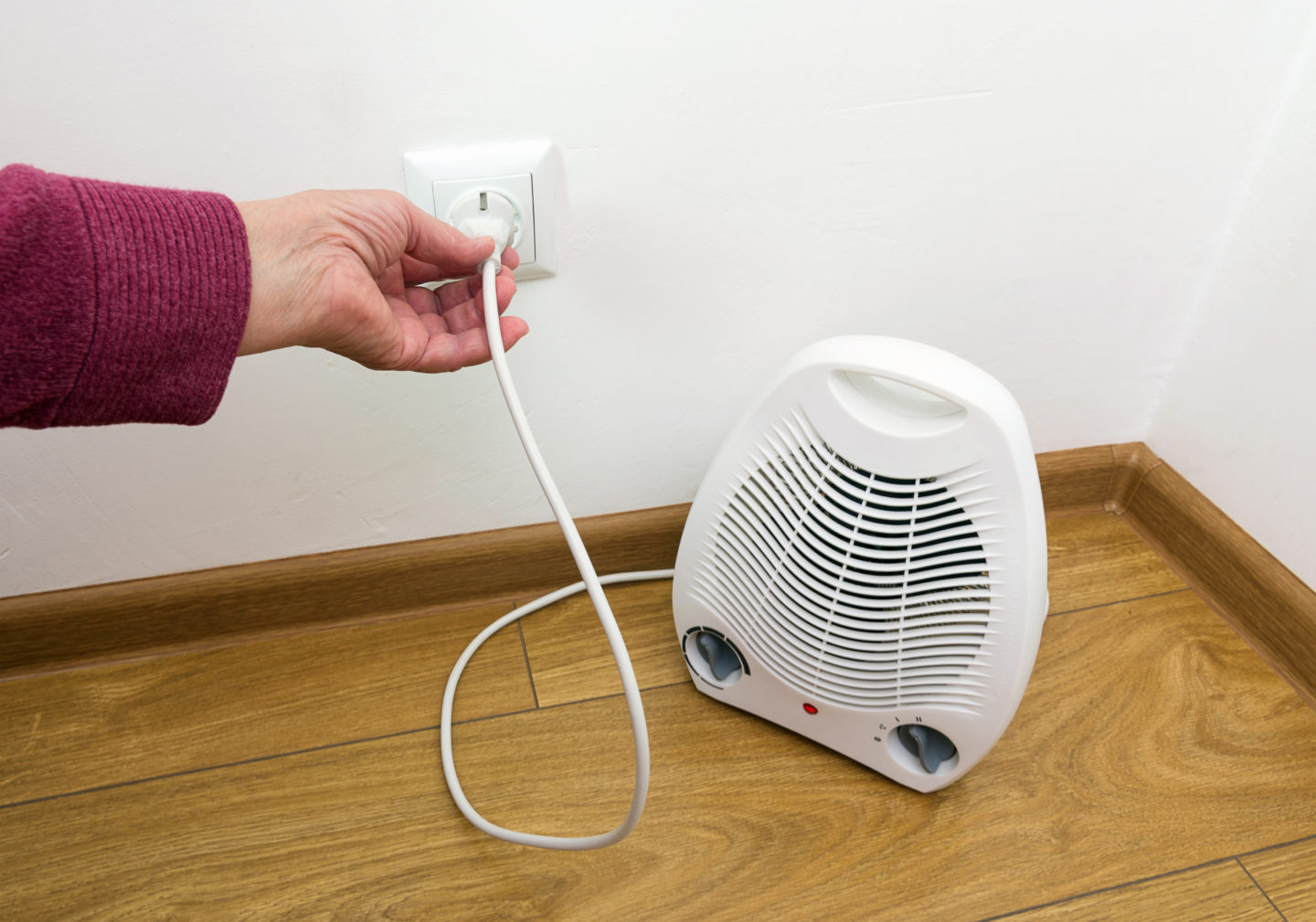Home>Home Appliances>Laundry Appliances>How Long Can You Leave Clothes In The Washing Machine


Laundry Appliances
How Long Can You Leave Clothes In The Washing Machine
Published: February 20, 2024
Discover the ideal duration for leaving clothes in the washing machine with our expert laundry appliance tips. Keep your garments in top condition.
(Many of the links in this article redirect to a specific reviewed product. Your purchase of these products through affiliate links helps to generate commission for Storables.com, at no extra cost. Learn more)
The Impact of Leaving Clothes in the Washing Machine
Leaving clothes in the washing machine for an extended period can have several negative consequences, affecting both the garments and the appliance itself. Understanding the potential impact of this common oversight can help individuals take proactive measures to mitigate these issues.
Read more: How Long Can You Leave A Lamp On
1. Odor and Mildew Formation
When clothes remain damp in the washing machine, they become a breeding ground for odor-causing bacteria and mold. This can lead to unpleasant musty smells and even the development of mildew on the fabric. The longer the clothes sit in the machine, the more challenging it becomes to eliminate these odors, often requiring additional washing cycles and specialized odor-removing products.
2. Fabric Damage
Extended exposure to moisture and detergent residue can compromise the integrity of the fabric. Colors may fade, and the fibers can weaken, leading to premature wear and tear. Delicate materials, such as silk and wool, are particularly susceptible to damage when left in the washing machine for an extended period.
3. Bacterial Growth
Damp and soiled clothing left in the washing machine can attract bacteria, posing potential health risks. Bacteria thrive in moist environments, and when clothes are left in the machine, especially in warm conditions, it creates an ideal breeding ground for these microorganisms. This can result in unhygienic clothing that may cause skin irritation or other health issues when worn.
4. Appliance Wear and Tear
Leaving clothes in the washing machine for an extended period can also impact the appliance itself. The damp environment can lead to the development of mold and mildew within the machine, affecting its performance and potentially causing malfunctions. Additionally, the weight of the wet clothes can strain the machine's components, leading to premature wear and reduced lifespan.
5. Energy Waste
Leaving clothes in the washing machine without promptly transferring them to the dryer or hanging them to air dry can result in unnecessary energy consumption. The machine may cycle through additional spins to prevent the clothes from becoming excessively wrinkled, leading to increased electricity usage and higher utility bills.
Understanding the potential impact of leaving clothes in the washing machine underscores the importance of promptly attending to the laundry once the washing cycle is complete. By taking proactive measures to remove and properly store freshly washed clothes, individuals can mitigate these negative consequences and ensure the longevity of both their garments and the washing machine.
Key Takeaways:
- Don’t forget to promptly remove clothes from the washing machine to avoid odor, fabric damage, and bacterial growth. Proper storage after washing helps maintain garment quality and freshness.
- Implement practical tips like setting timers, establishing routines, and using reminders to prevent clothes from sitting in the washing machine. Proper storage techniques preserve garment integrity and cleanliness.
Tips for Preventing Clothes from Sitting in the Washing Machine
-
Set a Timer: To avoid forgetting about the freshly washed laundry, consider setting a timer to prompt you when the washing cycle is complete. This simple yet effective strategy can help prevent clothes from sitting in the machine for an extended period, reducing the likelihood of odor and mildew formation.
-
Prompt Removal: As soon as the washing cycle concludes, promptly remove the clothes from the machine. By making it a habit to attend to the laundry immediately, you can prevent the accumulation of moisture and detergent residue, minimizing the risk of fabric damage and bacterial growth.
-
Establish a Routine: Incorporating laundry tasks into a regular routine can help prevent clothes from being left in the washing machine. Whether it's transferring the clothes to the dryer or hanging them to air dry, establishing a consistent schedule for attending to the laundry can significantly reduce the likelihood of neglecting freshly washed garments.
-
Use Reminders: In today's digital age, leveraging technology can be advantageous. Consider setting reminders on your smartphone or using smart home devices to receive alerts when the washing cycle is complete. These reminders can serve as helpful prompts to ensure timely removal of the clothes from the machine.
-
Designate a Laundry Day: Designating specific days for laundry activities can streamline the process and minimize the chances of leaving clothes in the washing machine. By allocating dedicated time for washing, drying, and folding, you can maintain a structured approach to laundry management, reducing the risk of neglecting clothes in the machine.
-
Involve Household Members: Encourage all household members to participate in the laundry routine. By sharing the responsibility of attending to the freshly washed clothes, the likelihood of garments being left in the washing machine diminishes. This collaborative effort promotes accountability and ensures that the laundry is promptly handled.
-
Opt for Quick Wash Cycles: When feasible, opt for quick wash cycles to shorten the duration of the washing process. By selecting shorter cycles, you can expedite the completion of the laundry, reducing the window of time during which clothes could potentially be left in the machine.
-
Utilize Delay Start Features: Some modern washing machines offer delay start features, allowing users to schedule the commencement of the washing cycle at a later time. By leveraging this functionality, you can time the cycle to finish when you are available to promptly attend to the laundry, minimizing the risk of clothes sitting in the machine.
By implementing these practical tips, individuals can proactively prevent clothes from sitting in the washing machine, preserving the quality of their garments and promoting efficient laundry management.
Potential Risks of Leaving Clothes in the Washing Machine
Leaving clothes in the washing machine for an extended period poses several potential risks that can impact both the garments and the appliance. Understanding these risks is crucial for individuals to recognize the importance of promptly attending to their laundry.
-
Odor and Mildew Formation: One of the primary risks associated with leaving clothes in the washing machine is the formation of unpleasant odors and mildew. Damp garments provide an ideal environment for bacteria and mold to thrive, leading to musty smells that can be challenging to eliminate. Additionally, the development of mildew on the fabric can compromise its integrity, resulting in permanent stains and deterioration of the material.
-
Fabric Damage: Extended exposure to moisture and detergent residue can cause significant damage to the fabric. Colors may fade, and the fibers can weaken, leading to premature wear and tear. Delicate materials, such as silk and wool, are particularly susceptible to damage when left in the washing machine for an extended period. The accumulation of moisture can also result in wrinkling and shrinkage, further diminishing the quality of the garments.
-
Bacterial Growth: Damp and soiled clothing left in the washing machine can attract bacteria, posing potential health risks. Bacteria thrive in moist environments, and when clothes are left in the machine, especially in warm conditions, it creates an ideal breeding ground for these microorganisms. This can result in unhygienic clothing that may cause skin irritation or other health issues when worn. Individuals with sensitive skin or allergies are particularly vulnerable to the adverse effects of bacterial growth on garments.
-
Appliance Wear and Tear: In addition to the impact on the garments, leaving clothes in the washing machine can also strain the appliance itself. The damp environment within the machine can lead to the development of mold and mildew, affecting its performance and potentially causing malfunctions. Furthermore, the weight of the wet clothes can exert stress on the machine's components, leading to premature wear and reduced lifespan.
-
Energy Waste: Leaving clothes in the washing machine without promptly transferring them to the dryer or hanging them to air dry can result in unnecessary energy consumption. The machine may cycle through additional spins to prevent the clothes from becoming excessively wrinkled, leading to increased electricity usage and higher utility bills. This not only impacts the individual's finances but also contributes to environmental energy waste.
Understanding these potential risks underscores the importance of promptly attending to the laundry once the washing cycle is complete. By taking proactive measures to remove and properly store freshly washed clothes, individuals can mitigate these negative consequences and ensure the longevity of both their garments and the washing machine.
How to Properly Store Clothes After Washing
After completing the washing process, the proper storage of clothes is essential to maintain their freshness and quality. Implementing effective storage practices can help preserve the cleanliness and integrity of the garments, ensuring that they remain in optimal condition for future use. Here are several key guidelines for properly storing clothes after washing:
Read more: How Long Can You Leave A Heat Lamp On
1. Prompt Removal and Drying
Upon the completion of the washing cycle, promptly remove the clothes from the machine and proceed with the drying process. Depending on the fabric type and garment care instructions, individuals can choose between air drying or utilizing a dryer. It is crucial to ensure that the clothes are thoroughly dried before proceeding with storage to prevent the development of musty odors and mold.
2. Folding and Organizing
Once the clothes are dry, folding them neatly is essential for efficient storage. Properly folded garments not only maximize storage space but also minimize the risk of wrinkles and creases. Organize the clothes based on their types and intended use, making it easier to locate specific items when needed. Utilizing storage organizers, such as drawer dividers or closet shelves, can further streamline the organization process.
3. Selecting Appropriate Storage Containers
For items that will be stored in closets or drawers, utilizing breathable storage containers or fabric garment bags can help protect the clothes from dust and potential exposure to moisture. These containers allow air circulation, preventing the accumulation of musty odors and maintaining the freshness of the garments. Additionally, using clear containers or transparent garment bags can facilitate easy identification of stored items.
4. Hanging and Protecting Delicate Items
Certain garments, such as dresses, suits, and delicate fabrics, are best stored by hanging to preserve their shape and prevent wrinkling. Investing in quality hangers, preferably with padded or non-slip features, can help protect the shoulders of the garments and prevent them from slipping off. For delicate items, consider using garment covers to shield them from dust and potential damage.
5. Avoiding Overcrowding
Proper storage involves avoiding overcrowding clothes in closets and drawers. Overcrowding can lead to excessive wrinkling, making it challenging to maintain the garments' pristine condition. Adequate spacing between items allows for air circulation, reducing the likelihood of musty odors and facilitating easier access to the stored clothes.
6. Regular Maintenance and Rotation
Periodically inspect stored clothes to ensure that they remain in good condition. Consider rotating seasonal items to ensure that they receive adequate ventilation and are not subjected to prolonged storage in unfavorable conditions. Additionally, conducting regular maintenance, such as airing out stored clothes and laundering them as needed, can help preserve their freshness and quality.
By adhering to these guidelines for proper clothes storage after washing, individuals can effectively maintain the cleanliness, freshness, and integrity of their garments. Implementing these practices contributes to efficient wardrobe management and ensures that clothes are readily accessible and in optimal condition for wear.
Frequently Asked Questions about How Long Can You Leave Clothes In The Washing Machine
Was this page helpful?
At Storables.com, we guarantee accurate and reliable information. Our content, validated by Expert Board Contributors, is crafted following stringent Editorial Policies. We're committed to providing you with well-researched, expert-backed insights for all your informational needs.













0 thoughts on “How Long Can You Leave Clothes In The Washing Machine”